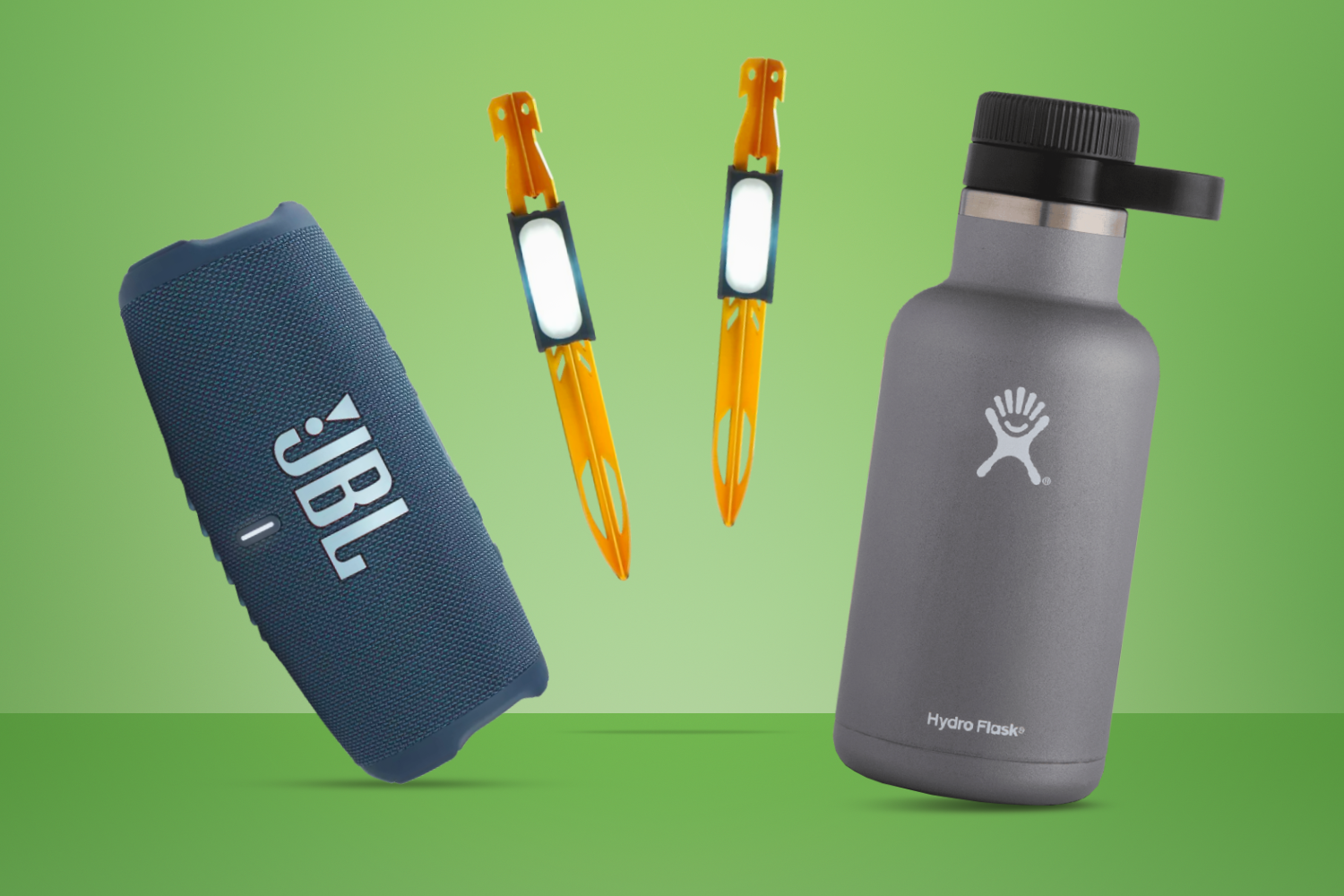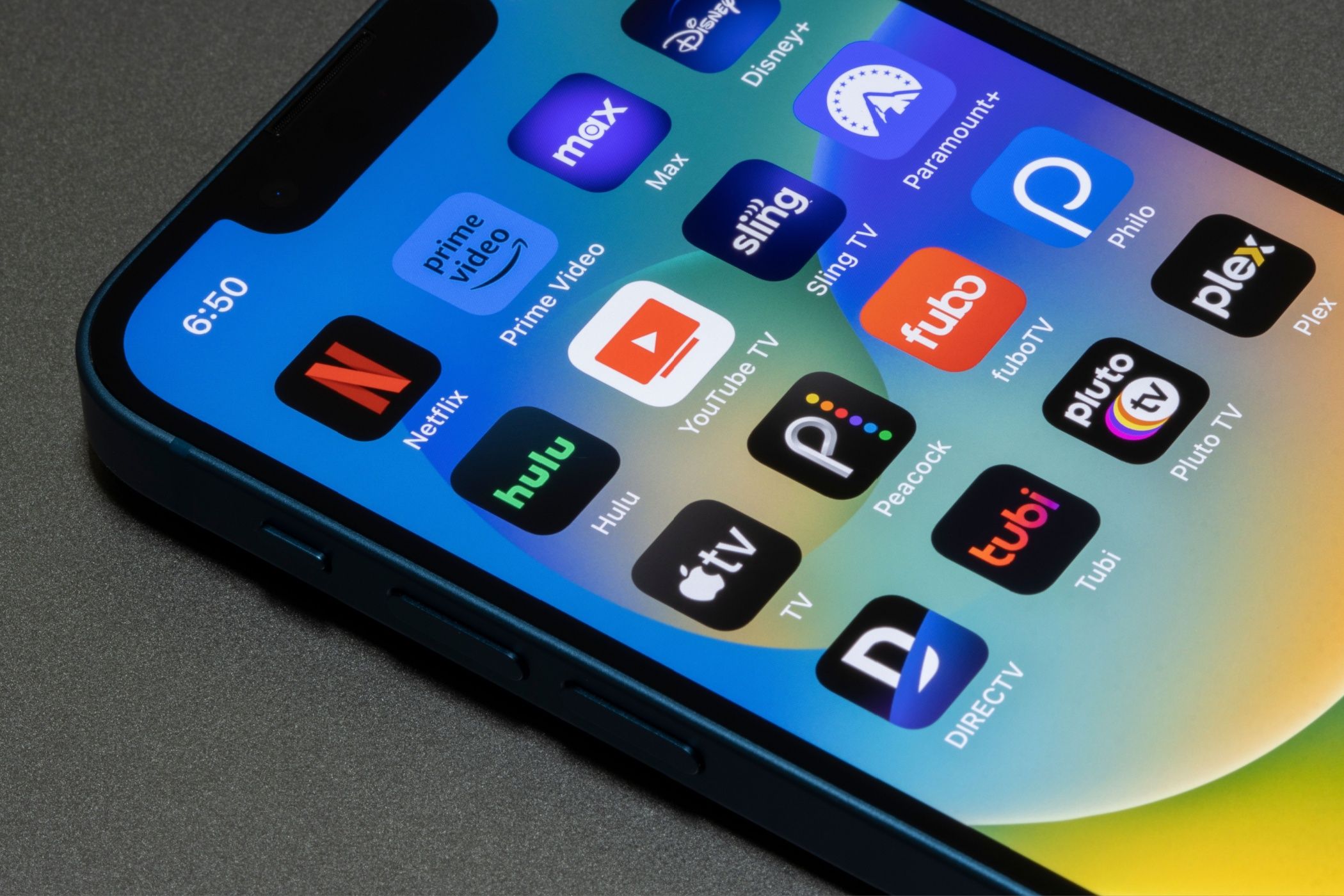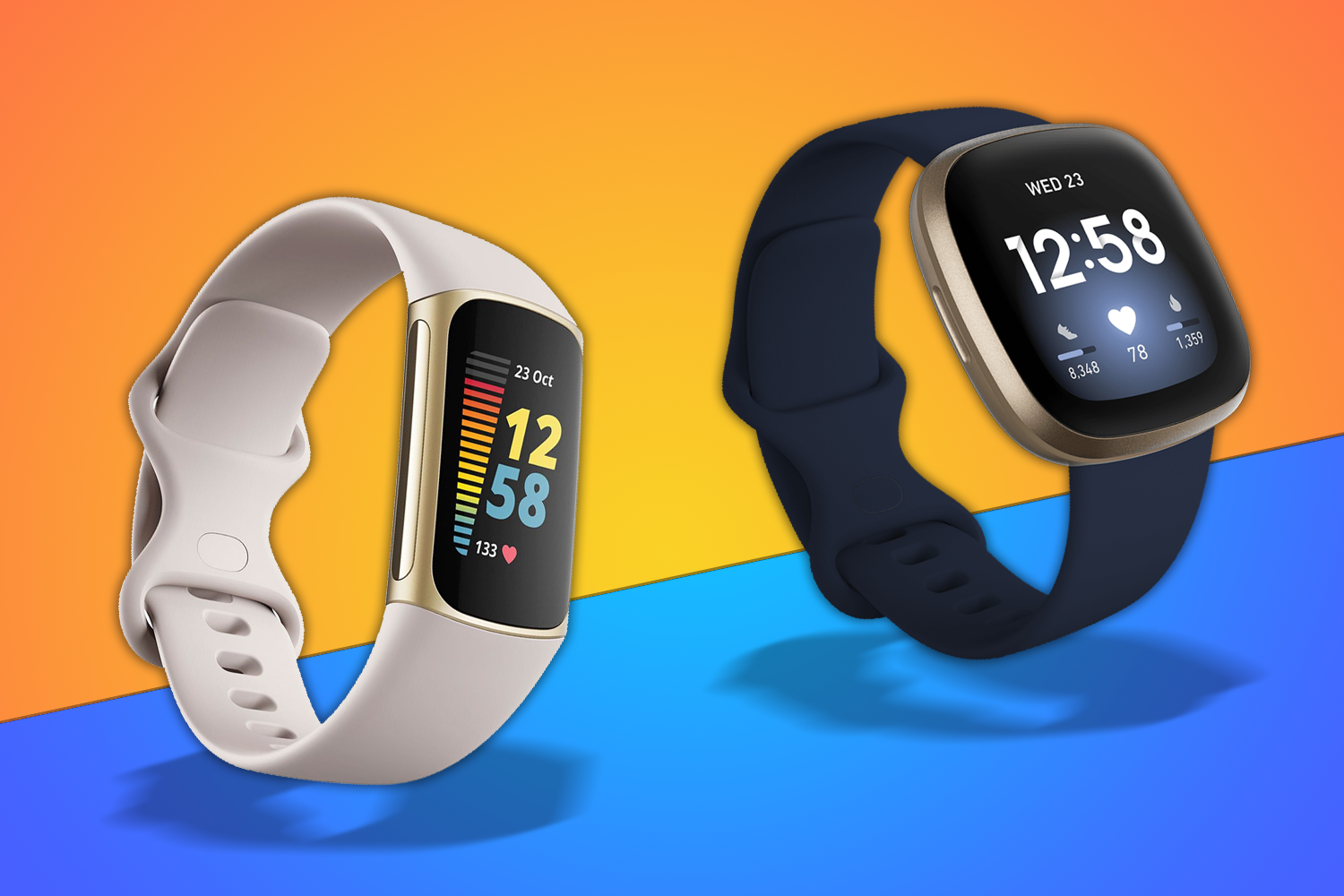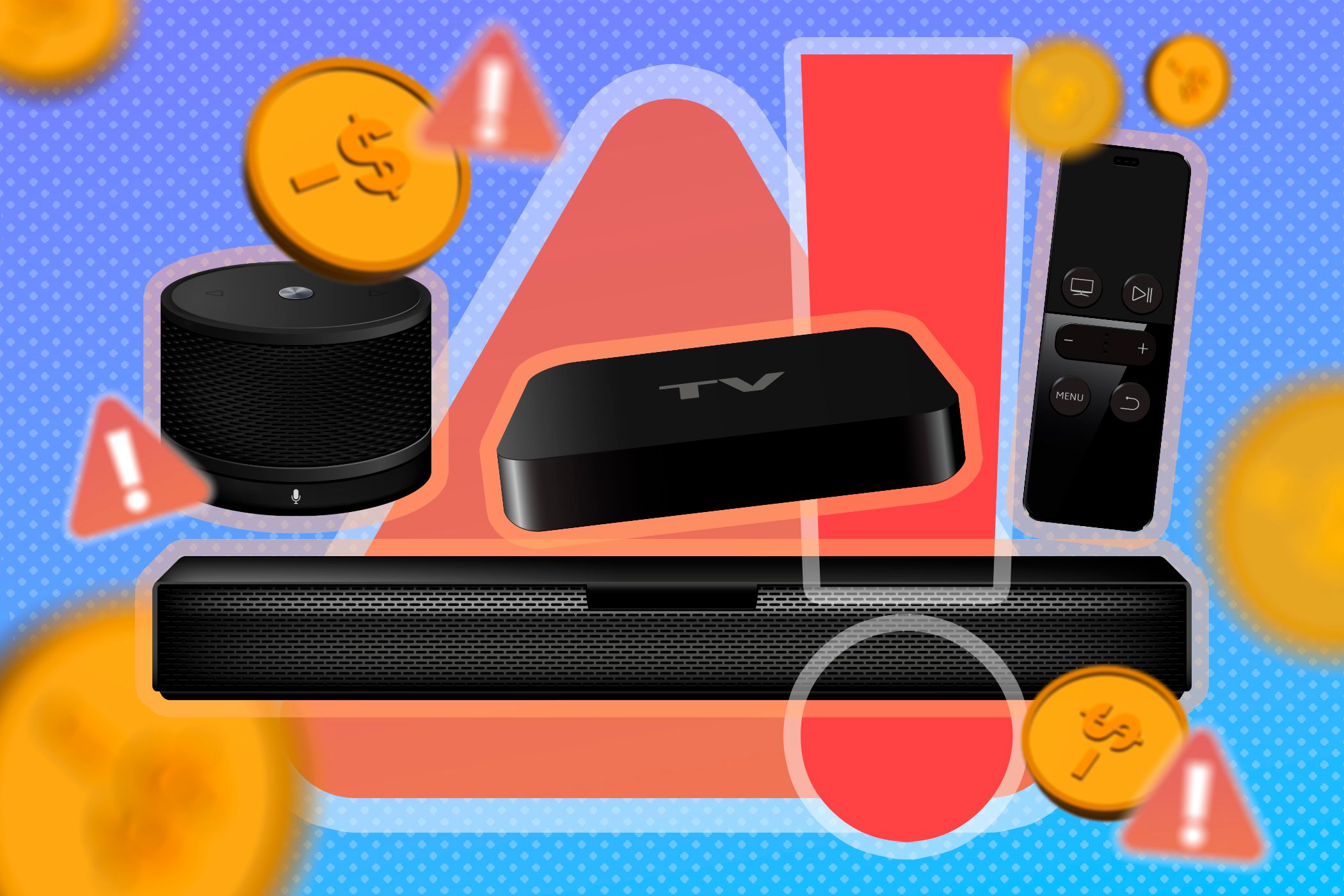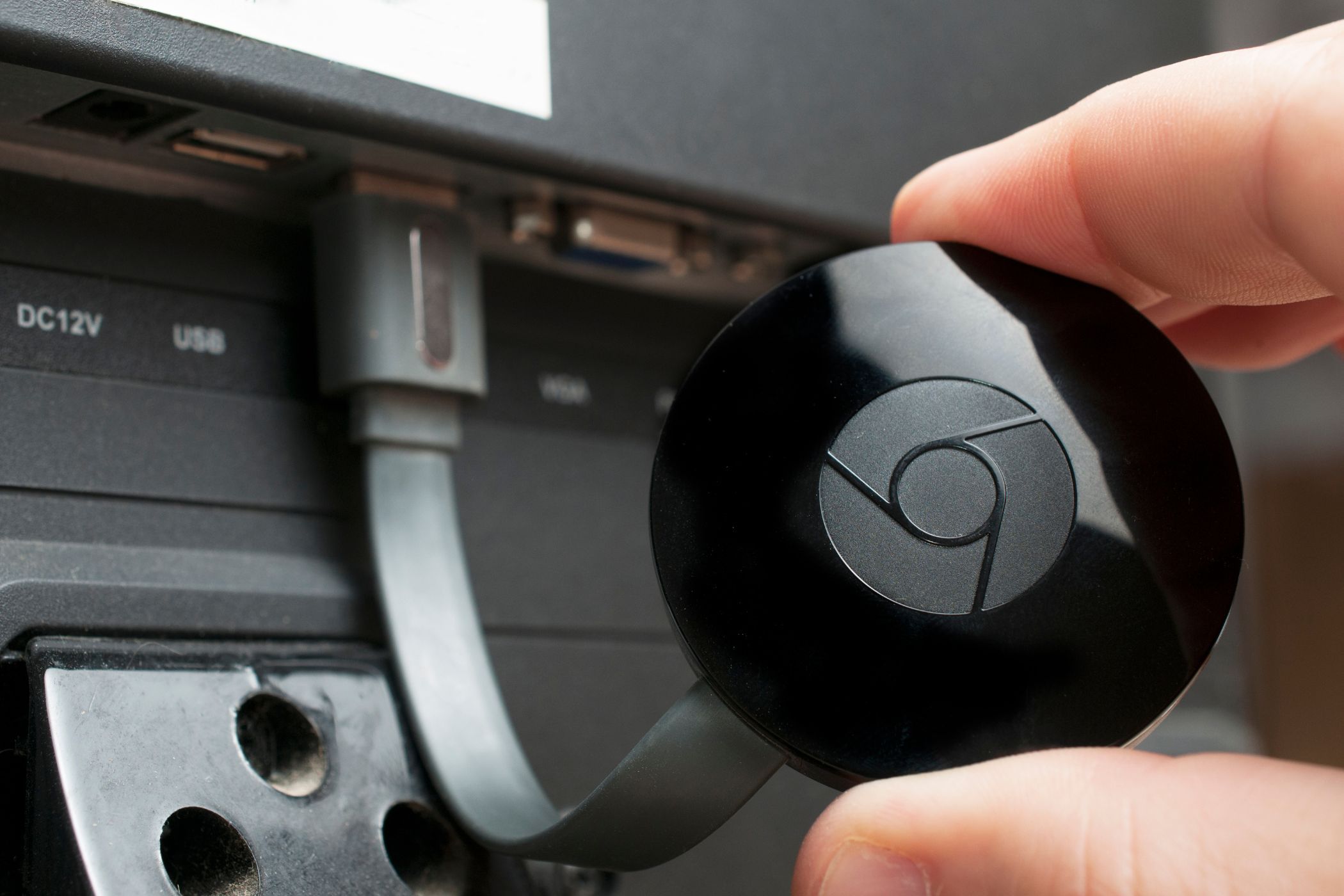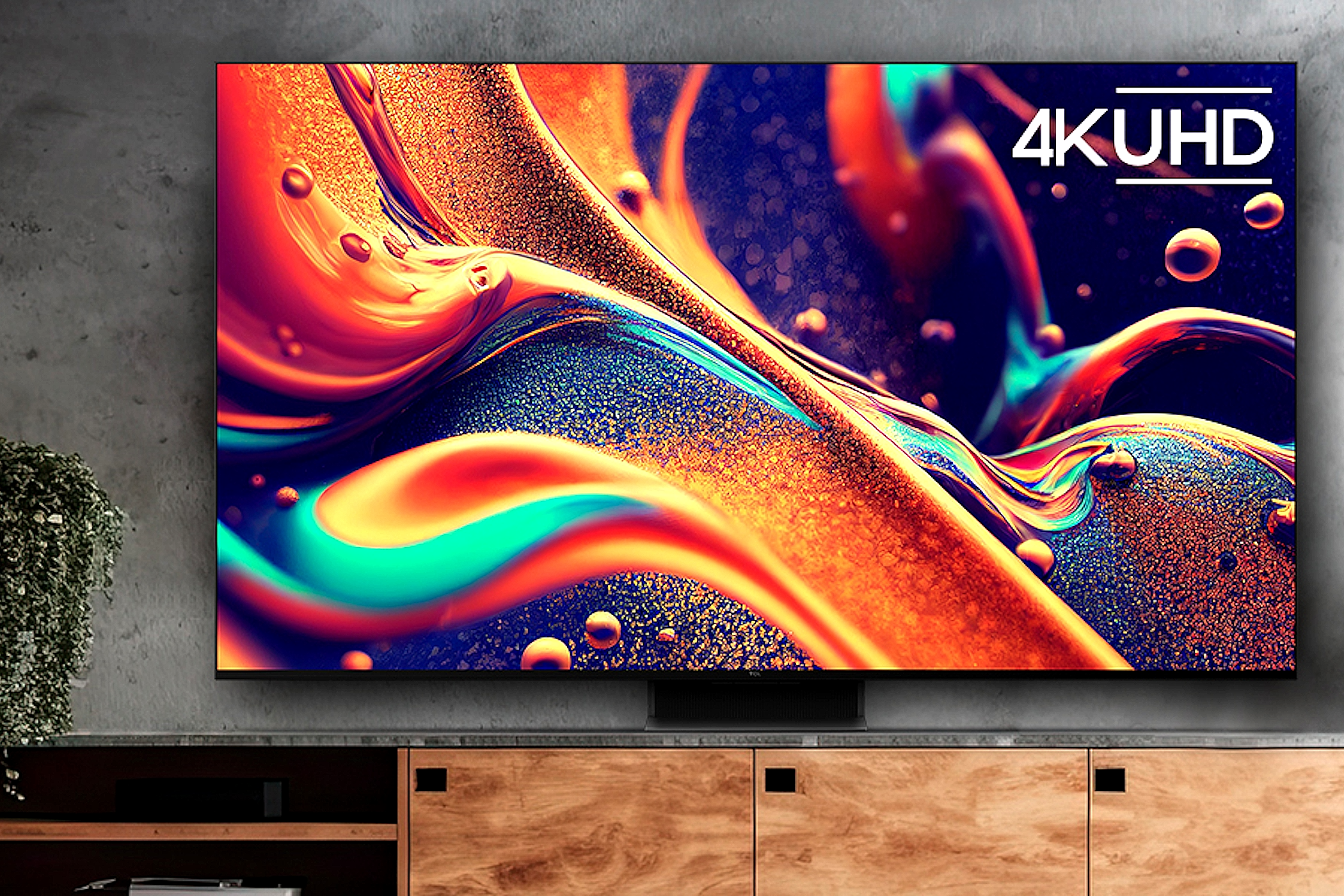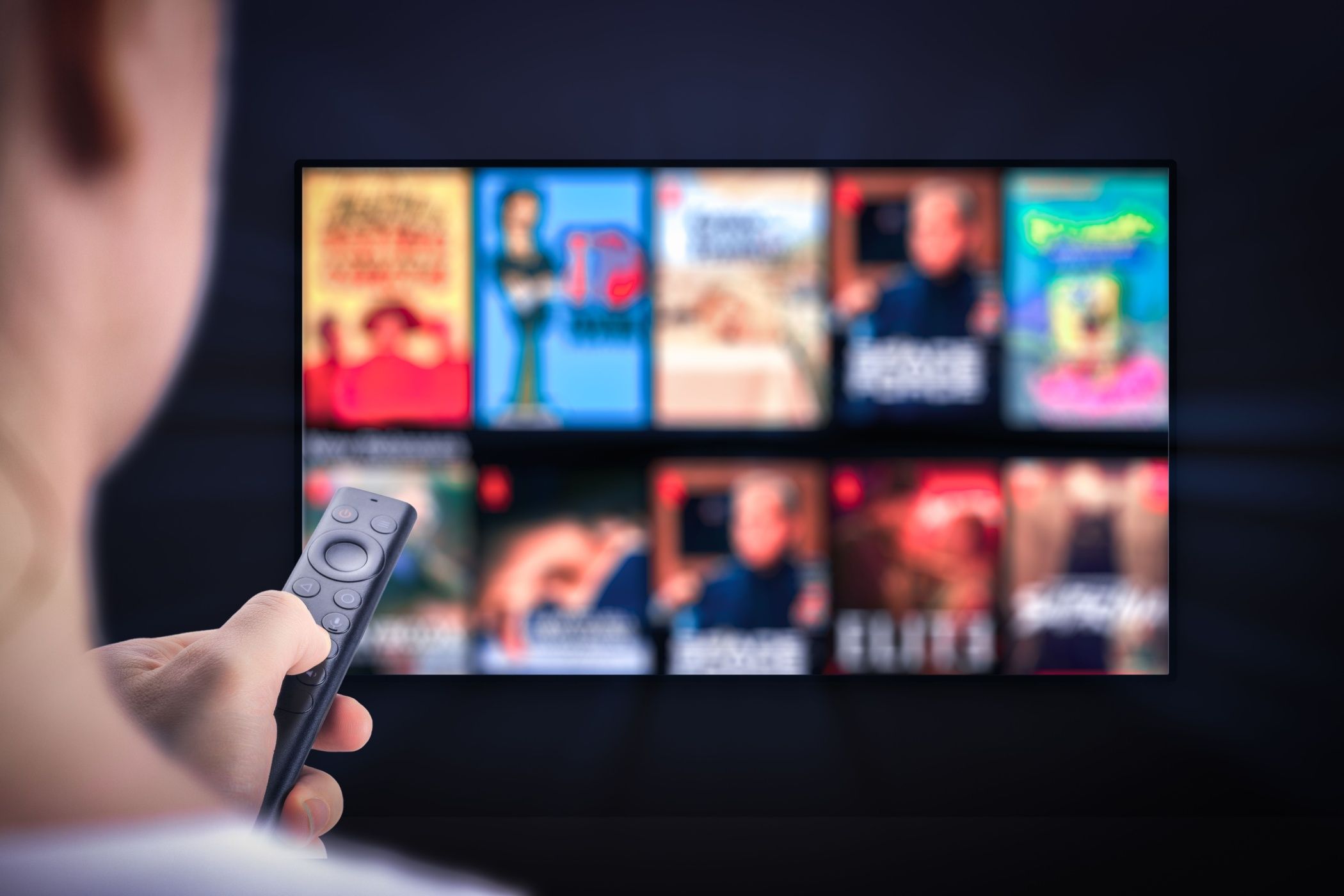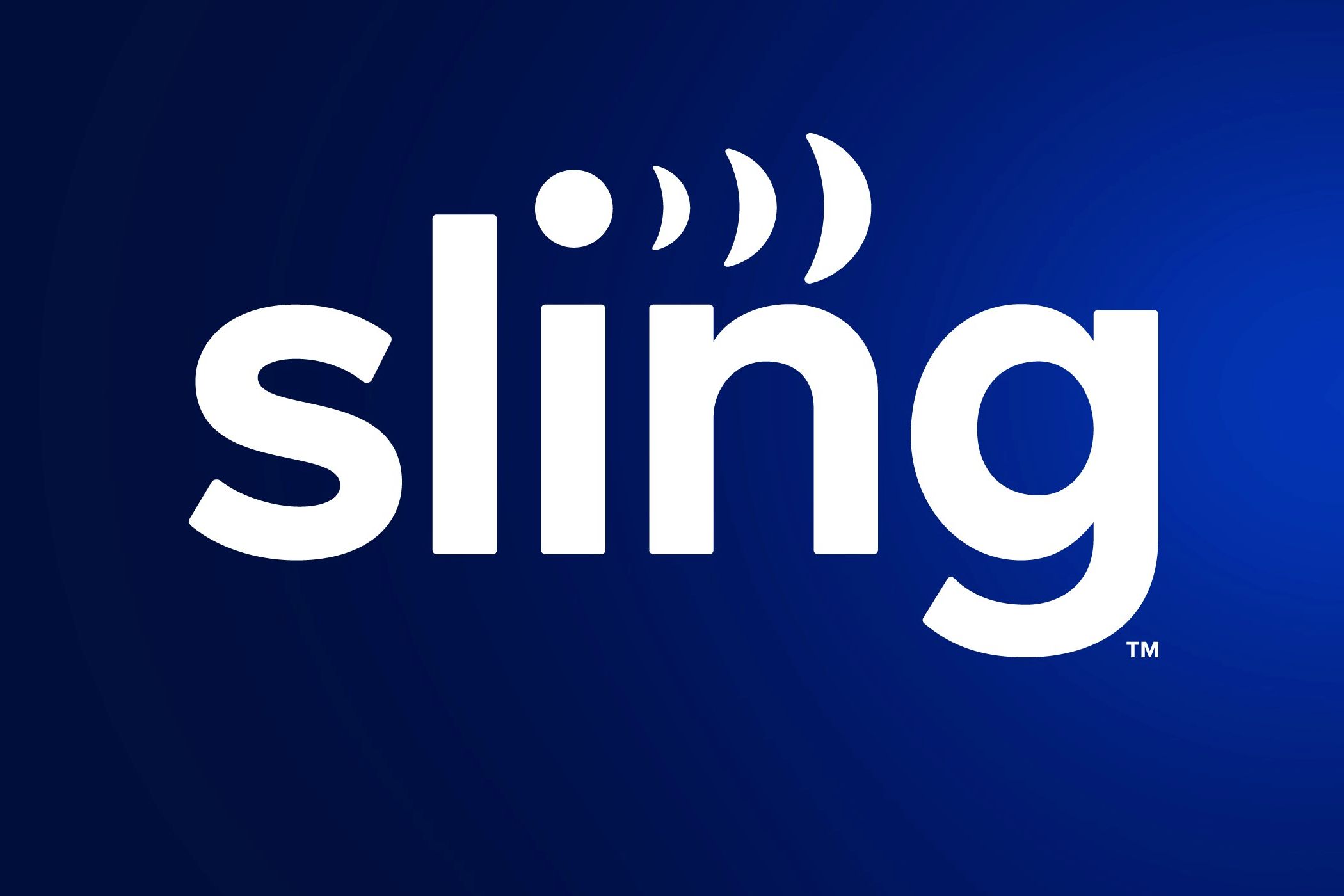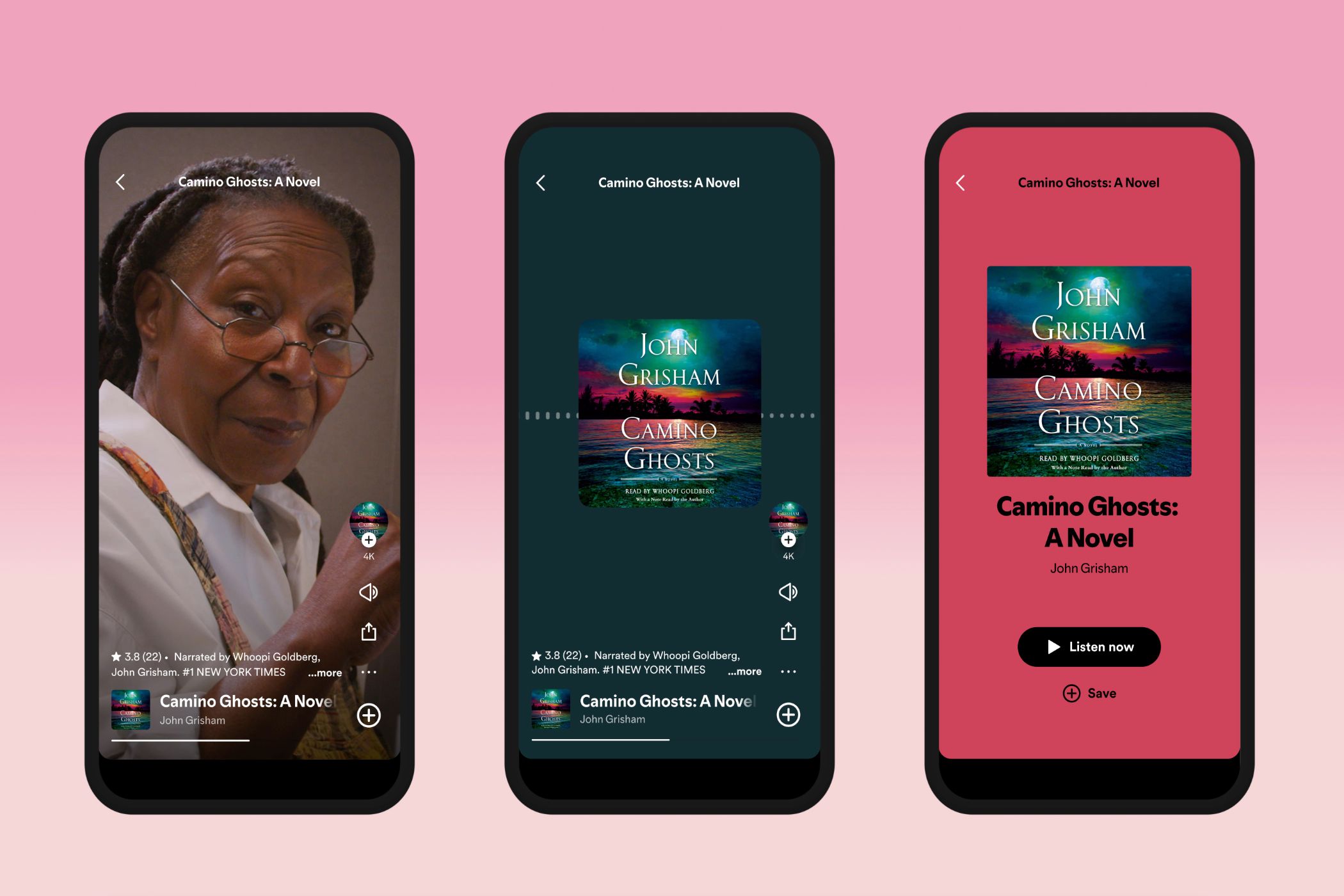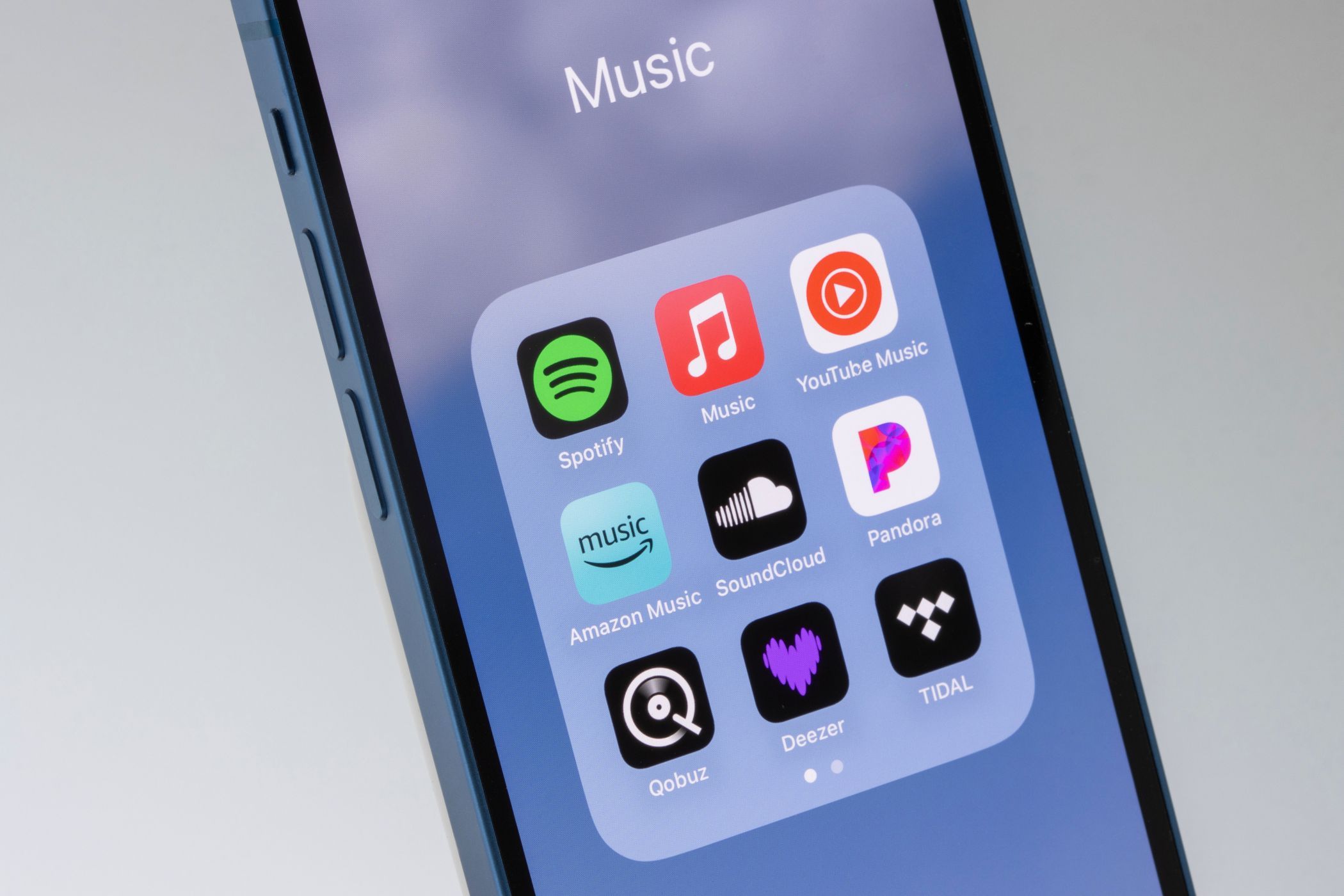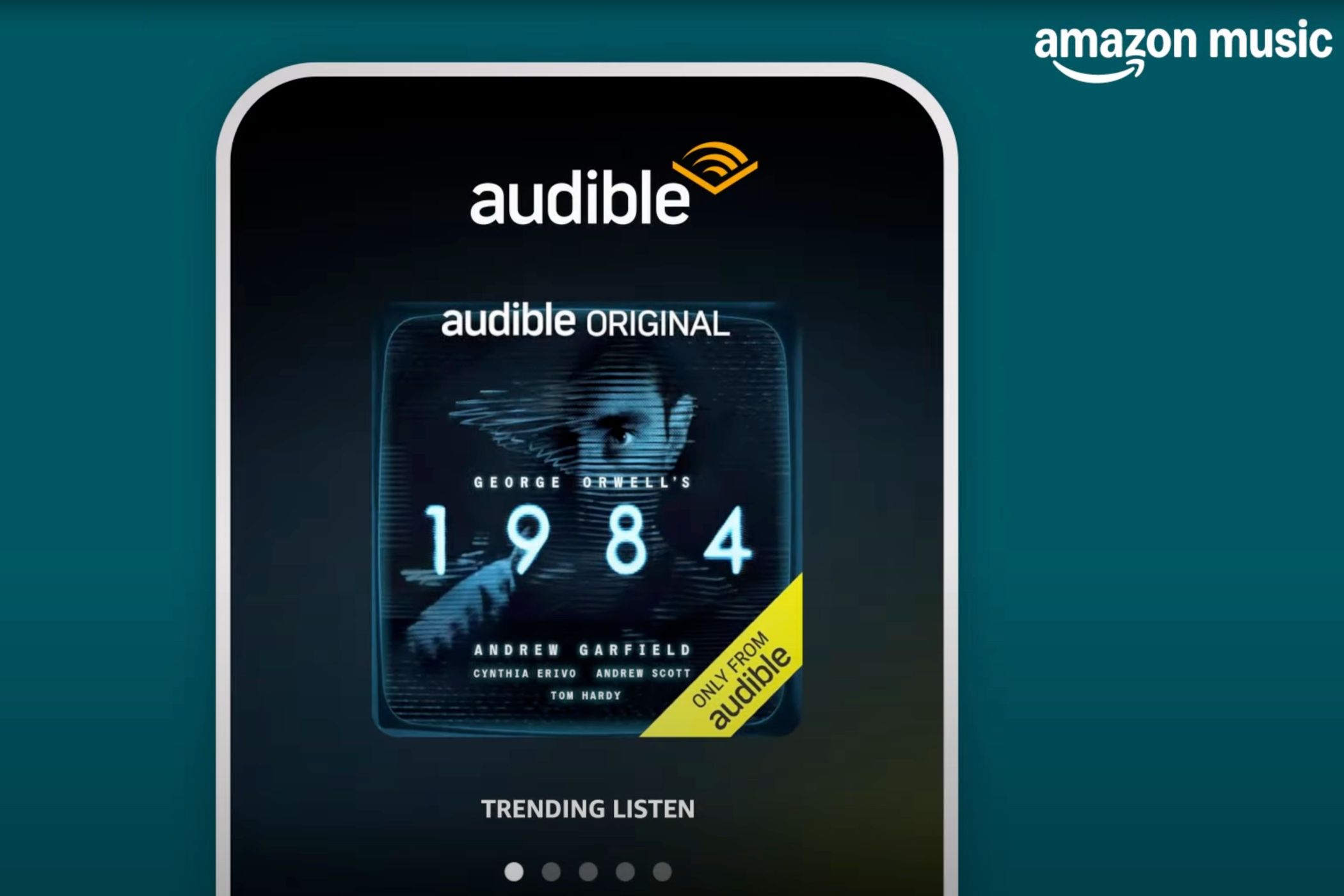With all the inexpensive smart TVs on the market, spending more than you need on a new TV might seem foolish. But, the downsides of inexpensive products are no secret, and a cheap TV will almost certainly cost you more than a more expensive one initially would, for a few reasons.
1 You’ll Need to Buy a Soundbar
A soundbar is almost always a worthwhile upgrade to an entertainment system, but it is essentially necessary with a cheaper TV. I’ve never been a fan of subtitles, but I need them whenever I’m watching something on my TCL television. Even at high volumes, I’ve never found the dialogue completely understandable. Additionally, any loudness results in distortion and buzzing, which is equally unhelpful and frustrating.
TCL is known for its picture quality advancements, like its stunning 98-inch X955 QD-Mini LED, but its sound quality is less celebrated and for a good reason. While most modern TVs can be improved with a soundbar, I’ve never considered using one with my Fire TV. Whether I’m watching a quiet dialogue-heavy drama, big action sequences, or live-streaming a concert on YouTube, the speakers on that TV have delivered more than adequate sound quality and clarity for me while living in an apartment.
Though I might be quicker to opt for a soundbar if I didn’t have roommates and neighbors nearby, my Sonos Beam remains disconnected in front of my TV. I still only use it for streaming music, though that’s just a preference.
2 A Chromecast or Fire Stick Is Essential
While smart TV apps often perform poorly regardless of what TV you’re using, there is a noticeable difference in the quality of a TV’s interface depending on its overall quality.
My Insignia Fire TV is fast and easy to use, and there are many Fire TV tips and tricks I can use. Even when I have issues with the apps, it takes less than a minute to delete and reinstall. Obviously, this is not the most convenient solution, but it’s much easier to accept when it doesn’t take a long time. Ironically (though probably not coincidentally), the Prime Video app works flawlessly on my Fire TV, while it’s one of the worst on my TCL.
On the other hand, my TCL Roku TV is slow as molasses. Assuming you have the patience to wait for an app to load, there is no guarantee it will run smoothly. This is one reason I’ve ditched the Hulu app for Roku. If I had a nickel for every time an app crashed on my Roku TV, I’d have at least a nickel every week. And, the streaming quality, in general, seems subpar, with a dull, almost matte look I can’t seem to get past.
3 A Cheap TV Won’t Last as Long
In my experience, cheap TVs don’t last. A warranty might help, but that’s costly and inconvenient. Repairs are even costlier and arguably more inconvenient, requiring you to ship the item back to the manufacturer and then wait an unknown amount of time for it to return.
My Insignia TV has never broken, and I’ve had it for almost as long as my TCL. My TCL is on its last legs, and while I’m pretty sure it came with a warranty, it was almost certainly limited and long expired by now. But even if I paid for an extended warranty and got it fixed, who’s to say how long that would last? In this case, I’d rather spend the money initially and save the hassle.
All in all, saving money on a new TV won’t ultimately be worth it. The money you save up front will probably be quickly spent on upgrading your less-than-ideal new system. And, the hassle of getting your TV fixed when it inevitably stops working will arguably be more frustrating than the price of the warranty. Buying a new TV should be a rewarding experience. Spend a little more and save yourself a lot of technical difficulties.
